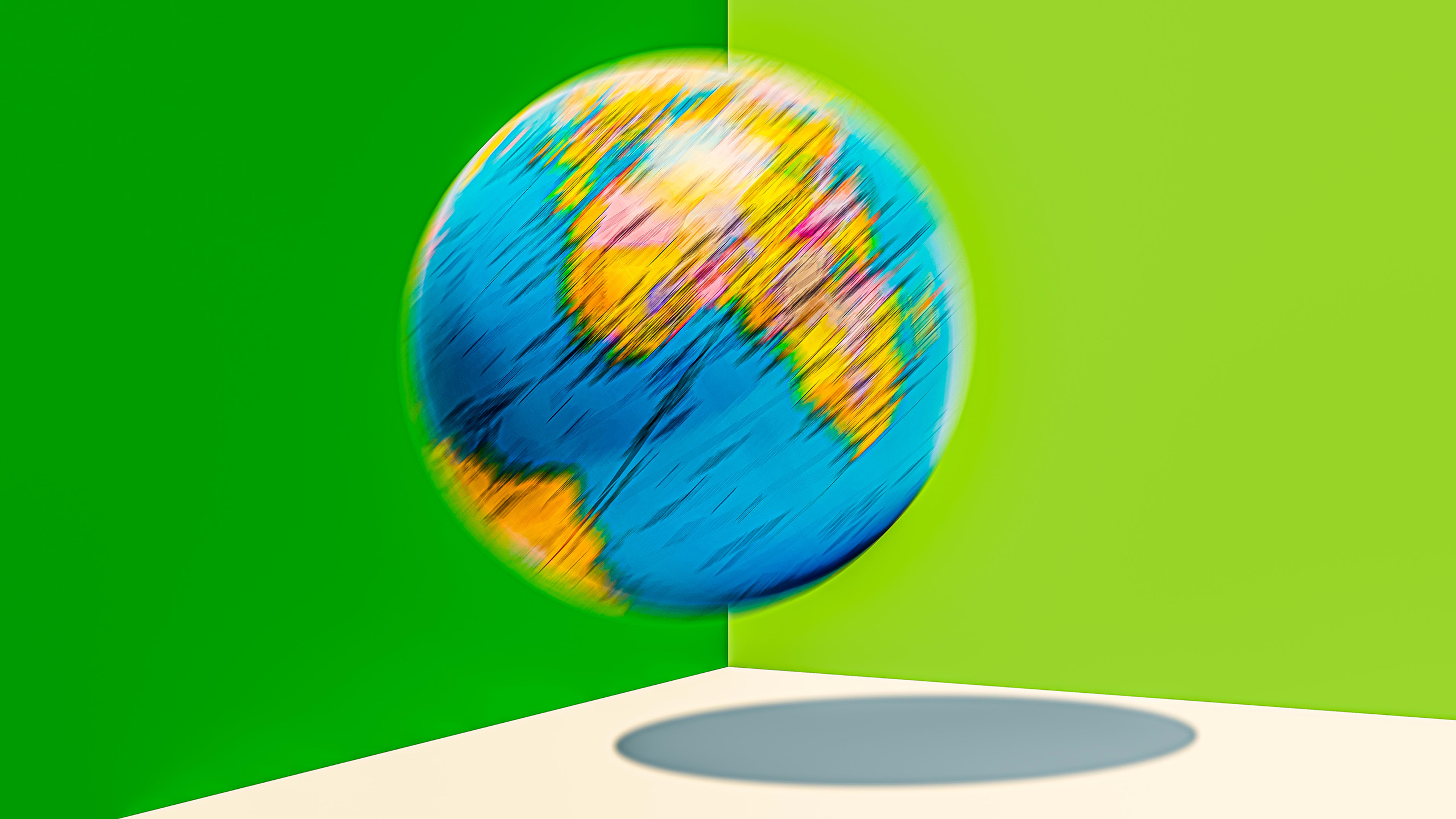Three thousand and one hundred miles below the soil of the Earth, underneath thick layers of solid granite and liquid iron, our planet’s inner core rotates furiously, locked in a sort of harmonious spin with the rest of the world in concert.
But the patterns of its rotational dance remain a mystery to scientists—who have many theories, but have yet to agree on just how the inner core behaves. Some believe it spins faster than the outer layers, at a rate of so-called super-rotation. Others believe it has slowed over the past decades: first, down to a rhythm in step with the outer core, mantle, and crust—and now, to a pace that lags behind the rest of the planet.
That’s the finding of a recent study published in Nature Geoscience. According to researchers from Peking University’s seismology department, who examined the way in which seismic waves from earthquakes travel through the Earth’s core, it’s possible that the inner core may even have reversed its motion—and may now be spinning in the opposite direction from the humans who walk its surface.
“We show surprising observations that indicate the inner core has nearly ceased its rotation in the recent decade and may be experiencing a turning-back,” Yi Yang, associate research scientist at Peking University, and Xiaodong Song, Peking University chair professor, wrote in the study.
The team studied earthquake data from between 1995 and 2021. When an earthquake is generated on the Earth’s surface, seismic waves ripple beneath the crust toward the other side of the globe, passing through the inner core in the process. When they reach the opposite surface, seismologists can measure how much the wave has shifted, if at all—which, in turn, offers insight into what machinations are churning at the center of all things.
And according to the graphs, seismic records have shown less of a shift lately. “When you look at the decade between 1980 and 1990, you see clear change,” Song said in a statement. “But when you see 2010 to 2020, you don’t see much change”—suggesting that there’s less activity now at the Earth’s inner core, or even that its rotation has paused entirely.
If that were the case, the delicate suspension of the inner core—which is roughly the size of the dwarf planet Pluto—could be easily disturbed by imbalances between electromagnetic or gravitational forces, which are perpetually playing tug-of-war with the planet’s spin, the study authors say. According to their calculations, this overpowering of forces—which leads first to asynchronization, and then to a reverse in the direction of rotation—is cyclic, occurring once every 35 years.
But as dire as it sounds, the counter-rotation will scarcely be felt by dwellers on the Earth’s surface. In fact, the greatest effect may well be psychological—how does it feel to know that miles beneath your feet, the very grounds of the Earth have been thrown backward once again?
Recognize your brand’s excellence by applying to this year’s Brands That Matter Awards before the early-rate deadline, May 3.
